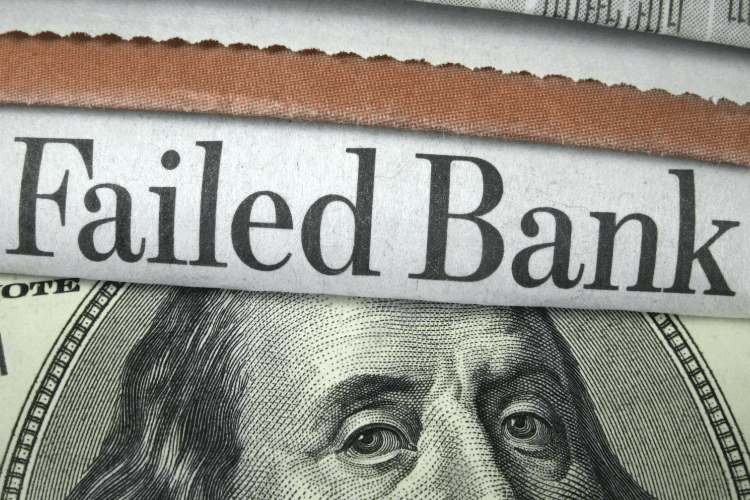APR, APY and Interest Rates Explained and Compared

If you have ever taken out a loan, opened a credit card, or made an investment, you have been exposed to the importance of interest rates. What you may not know, however, is the difference between an APR and an APY, and just how important that difference is.
A better understanding of these two rates can be worth thousands of dollars in the long term. Here’s everything you need to know.
Interest Rate
Simply put, your interest rate is the cost of borrowing money or the payment you’ll receive for depositing money. If you take out a $12,000 loan with a 10% annual interest rate, you’ll owe $100 each month in interest or $1,200 for the year.
Conversely, if you deposited that money into a savings account with a 5% annual interest rate, your money would grow by 5%, or $600, over the course of the year, leaving you with $12,600.
APR and APY both describe different variations of your interest rate, so things get a little more complicated here.
APY (Annual Percentage Yield)
When depositing or investing money, you’ll probably see the term APY. The annual percentage yield represents how much you can earn on a deposit over the course of the year. The major difference between this and APR is that APY includes compounding interest.
Every time interest compounds, you earn interest on your initial principal deposit as well as interest you’ve already accrued. The more interest compounds, the more you stand to make, or as Albert Einstein supposedly said, “the most powerful force in the universe is compound interest.” While the amounts are initially small, over time frequently compounding interest can be worth hundreds or thousands of dollars.
For example, let’s say you’re considering two different savings accounts with 5% annual interest. The only difference is that one compounds annually, and the other compounds daily.
If you hypothetically deposited $10,000 in each account, after ten years the account with yearly compounding would yield you $6,289 (plus the $10,000 principle) while daily compounding yields $6,486. (If you want a calculator to do this math, this is a good one.)
APR (Annual Percentage Rate)
Your APR is essentially your interest rate plus any other fees. For instance, if you take out a mortgage loan, you’ll pay closing costs and an origination fee, and your APR will reflect that even though the interest rate won’t.
APR also doesn’t account for compounding, so you might have to read the fine print to figure out exactly what your costs are. A loan with a 6% APR doesn’t specify if that interest rate is applied once at the end of the year or by 0.5% monthly, which would cost you more over time.
More often than not, you’ll see APR when borrowing money and it can be a helpful tool to decide between lenders. Comparing the APR on various loans can give you a sense of the true cost of borrowing and lead you to a better decision.
Key Takeaways
Interest rates are an important piece of the financial puzzle, but looking at APY and APR gives you a better understanding of your earnings or costs.
In general, take advantage of compounding interest and high APYs whenever depositing money, and be wary of compounding when borrowing money.
It’s also important to remember that you should only compare APRs to APRs and APYs to APYs. While there are ways to convert between the two, but they’re generally difficult to compare.
After starting with your interest rate, use your knowledge of APY and APR to make sure your money is working for you.









